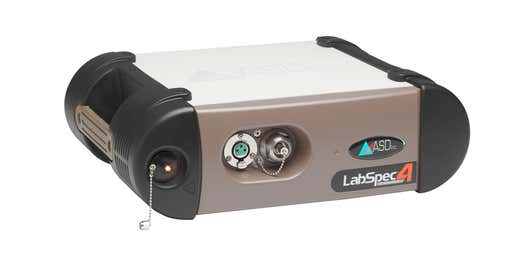

Material characterization solutions for the food and beverage sector
Materials characterization is critical for the food and drink sector and is employed at almost every stage of the food production chain. A large number of analytical techniques are available for assessing different characteristics of food and drink products in terms of their structure, composition, physicochemical properties and sensorial characteristics.
These techniques are widely used by ingredient manufacturers, food producers, researchers and dedicated food analysis laboratories to ensure product quality, safety and process efficiency.
Malvern Panalytical provides a number of the key analytical techniques used in this sector, including





Malvern Panalytical also provide a range of in-line and on-line process solutions for monitoring and controlling food and beverage production operations.

